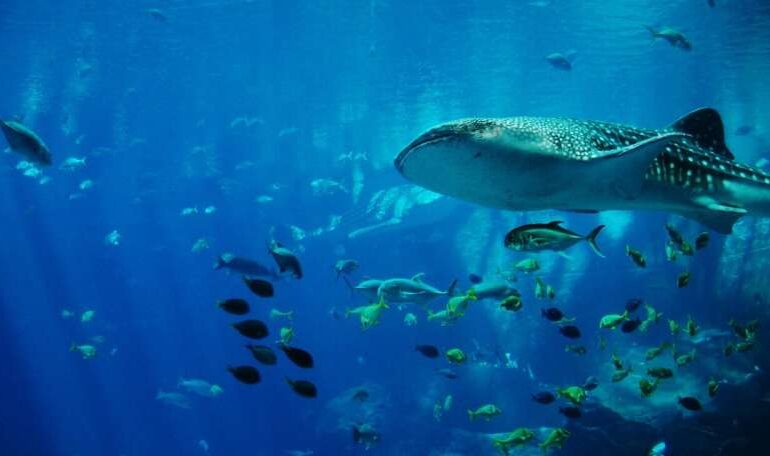New Tool Reveals Ancient Fishing Practices of Pacific Islanders

Researchers have developed a novel collagen fingerprinting tool that enhances the understanding of ancient fishing practices among Pacific Islanders during the late Stone Age. This innovative technique allows scientists to identify fish species from archaeological bone fragments, providing insights into the diet and fishing methods of these early communities.
The study, published in the *Journal of Archaeological Science*, highlights the significance of pelagic fishing in the survival and cultural development of early inhabitants of the Pacific Islands. Archaeological investigations on Fais Island, located in Yap State, Micronesia, have revealed that these islanders were adept at catching both inshore and offshore fish.
Fais Island, a small raised coral island, has garnered attention from archaeologists. Excavations at the Powa archaeological site have shown evidence of human habitation spanning nearly 1,800 years. The island’s geography made inshore fishing challenging, which likely led to a reliance on pelagic fishing techniques for sustenance.
Traditional methods of identifying fish remains from archaeological sites have often been limited. Many fish species possess cartilage structures that do not fossilize well, making it difficult to ascertain specific species from bone fragments. Traditional techniques typically allowed identification only at the family level, leaving many questions unanswered about the diets of these ancient communities.
The researchers employed a cutting-edge technique known as Zooarchaeology by Mass Spectrometry (ZooMS) to overcome these limitations. This method analyzes the unique chemical fingerprints found in collagen, a primary component of bone. In their study, the team tested 131 archaeological bone samples and successfully identified three species of tuna and five species of sharks.
The results were remarkable. Of the 77 fish samples belonging to the tuna family, 75 were identified as skipjack tuna, with the remaining two classified as yellowfin tuna and wahoo. The identification of shark remains showcased even greater diversity. From 50 successfully fingerprinted samples, the team identified species closely related to the silky shark, Galapagos shark, silvertip shark, and whitetip reef shark.
Researchers emphasized that this new method significantly improves the accuracy of identifying ancient fish remains. The results not only shed light on historical fishing practices but also underscore the importance of expanding reference databases for further studies. A more comprehensive database would enhance the potential of ZooMS and help fill gaps in species identification.
The implications of this research extend beyond mere identification. Understanding how ancient fishing habits influenced the development of societies on the Pacific Islands can provide valuable context to the region’s historical narratives.
The study was led by researcher Clara Boulanger, who noted the importance of molecular-level techniques in advancing the field of archaeology. The findings contribute to a broader understanding of how early peoples adapted to their environment and the role of fishing in their cultural evolution.
As this research progresses, it is clear that innovative approaches like ZooMS will illuminate the depths of our historical knowledge, offering a clearer picture of how ancient communities thrived in their unique marine ecosystems.






